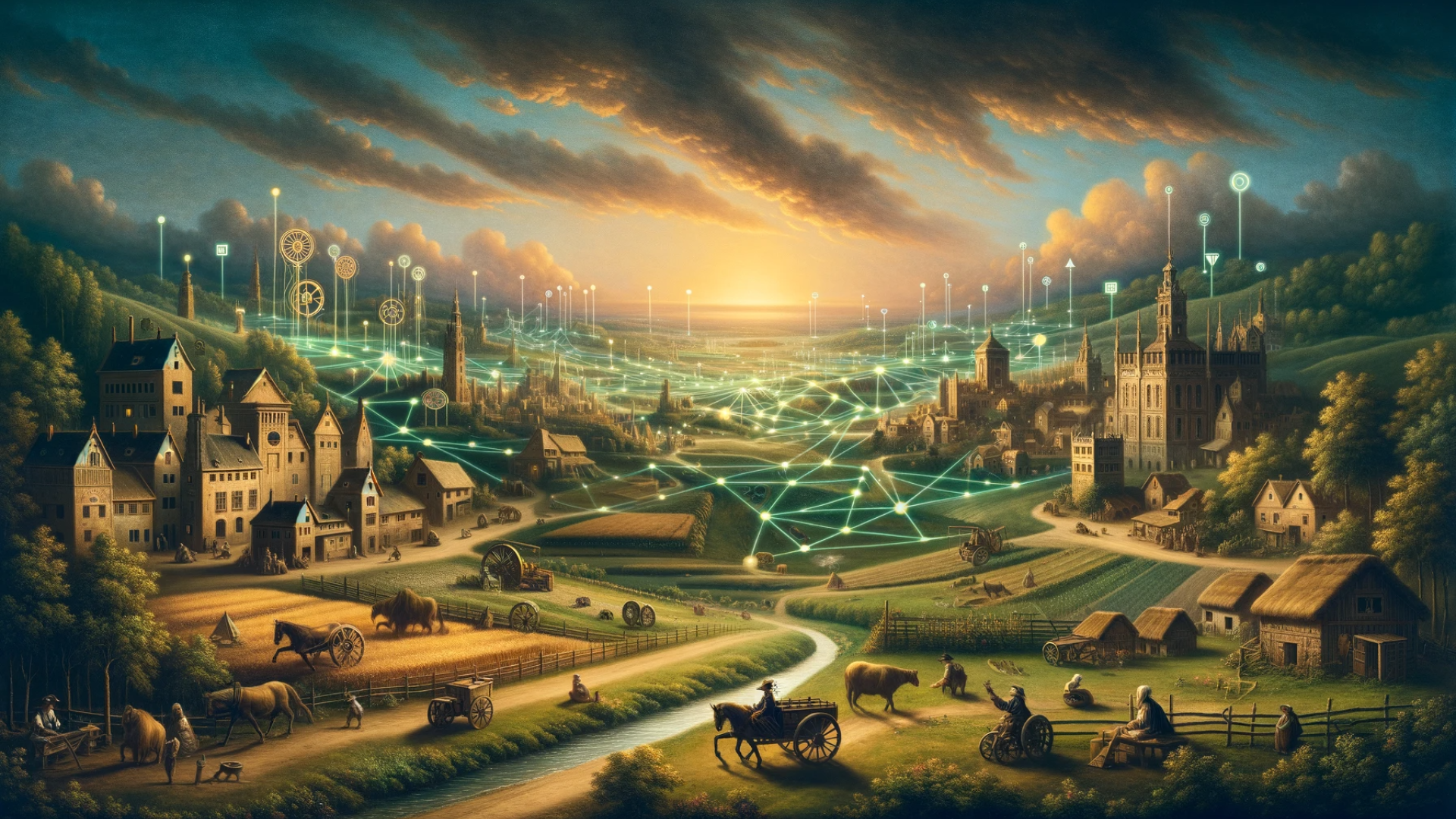Introduction to IoT
The Internet of Things (IoT) represents a vast network of interconnected devices that communicate and exchange data with each other and with the internet. This network transcends traditional devices like computers and smartphones to include a wide array of 'things' such as home appliances, vehicles, wearable devices, and even entire buildings, all embedded with electronics, software, sensors, actuators, and connectivity.
The Evolution of IoT
The concept of IoT has been around for decades, evolving from simple machine-to-machine communication to complex systems that can autonomously collect, analyze, and act upon data. The exponential growth in IoT is largely fueled by the advancements in sensor technology, cloud computing, and broadband internet, making devices smarter and more connected than ever before.
Key Components of IoT
- Sensors/Devices: Collect data from their environment. This could be as simple as a temperature reading or as complex as a full video feed.
- Connectivity: Devices need to be connected to a cloud network through various methods like Wi-Fi, Bluetooth, 5G, etc., to send and receive data.
- Data Processing: Once the data is collected, software processes it to make it useful. This can range from simple analyses like checking whether the temperature is within an acceptable range, to complex machine learning algorithms.
- User Interface: The processed information needs to be made available to the end-users in a comprehensible way, which can be achieved through notifications, emails, or the interface of an application.
Applications of IoT
Smart Homes
IoT technologies enable smart home devices like thermostats, security cameras, and lighting systems to work together seamlessly, enhancing comfort, energy efficiency, and security.
Wearable Devices
Wearable IoT devices, such as fitness trackers and smartwatches, help monitor health metrics like heart rate and activity levels, offering insights into personal well-being.
Smart Cities
IoT is at the heart of smart city initiatives, improving urban living through optimized traffic management, waste disposal, and energy use.
Healthcare
In healthcare, IoT devices can monitor patient vitals in real-time, enable remote care, and even assist in predictive diagnostics.
Agriculture
IoT applications in agriculture, such as soil sensors and autonomous tractors, are revolutionizing farming practices by increasing efficiency and crop yield.
Challenges and Future Directions
Despite its promising applications, IoT faces challenges, including security vulnerabilities, privacy concerns, and the potential for data overload. As IoT continues to expand, addressing these challenges will be paramount for its sustainable growth. Future directions for IoT include enhancing security measures, developing standards for interoperability, and integrating AI and machine learning for smarter decision-making processes.
The Internet of Things is transforming our world, creating a more connected and intelligent environment. As we navigate its challenges and harness its full potential, IoT will continue to redefine the boundaries of technology and its impact on our lives.
